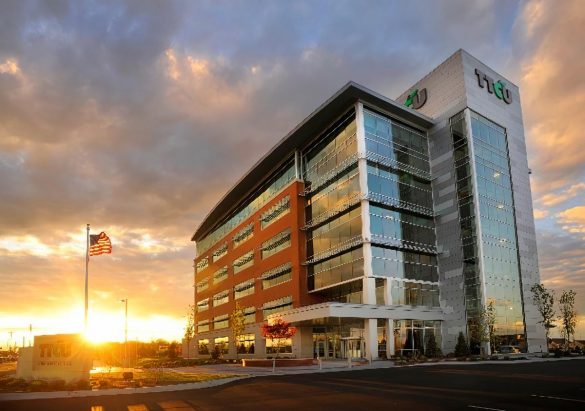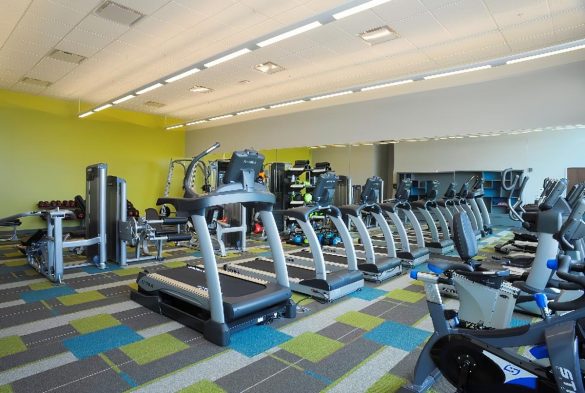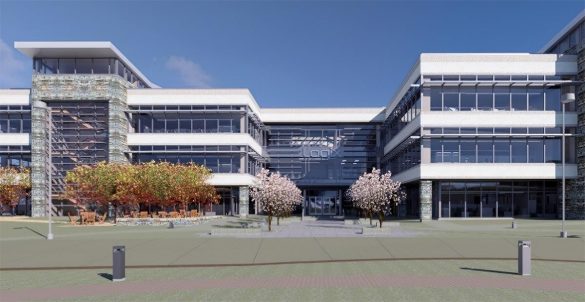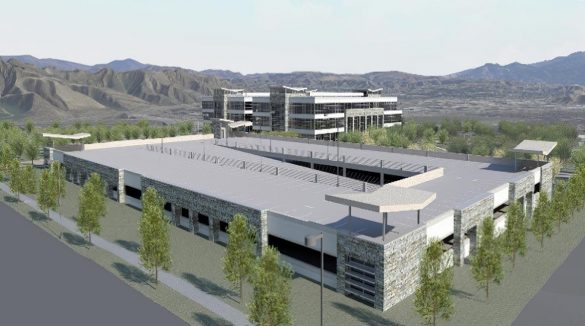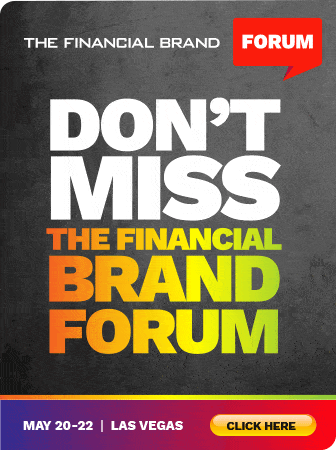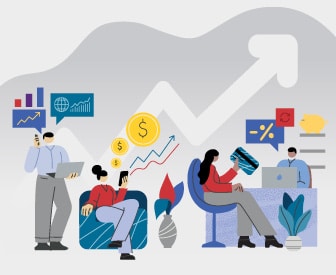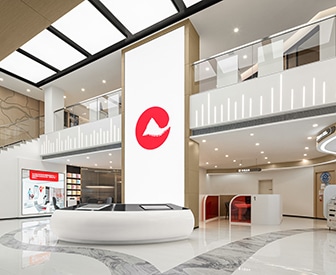More than ever, banks and credit unions are considering the effect of corporate lifestyle on the environment. They recognize that building environmentally friendly spaces using green design and methods can have a long-lasting impact.
In particular, financial institutions that are serious about a green building commitment are weighing the advantages of following the standards and guidelines espoused by the U.S. Green Building Council (USGBC), a nonprofit organization. And they are asking more frequently whether the design and build partners they use are USGBC members and have employees who are accredited in accord with the council’s LEED ratings.

Why Industry Cloud for Banking?
PwC’s Industry Cloud for Banking helps deliver personalized products and services that today’s customers expect.
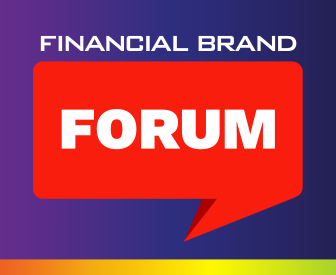
The Financial Brand Forum Kicks Off May 20th
Explore the big ideas, new innovations and latest trends reshaping banking at The Financial Brand Forum. Will you be there? Don't get left behind.
Read More about The Financial Brand Forum Kicks Off May 20th
What It Means to Have a LEED-Certified Building
LEED, or Leadership in Energy and Environmental Design, is the green-building rating system developed by USGBC. For a building to become LEED certified, points must be earned based on several categories, including: location and transportation, sustainable sites, water efficiency, energy and atmosphere, materials and resources, indoor environmental quality, and innovation. Based on the points earned, a building is given one of four LEED ratings: Certified, Silver, Gold and Platinum.
The ratings help ensure common standards for all types of buildings — both commercial and residential. LEED certified buildings increase value and environmental integrity. When a building is designed to meet LEED requirements, the facility becomes safer, greener, and decreases maintenance costs over time. The average payoff is seven years, according to USGBC.
Overall, LEED certified buildings reduce carbon emissions, energy, and waste, conserve water, prioritize safer building materials, and lower exposure to harmful toxins. The Department of Energy estimates carbon dioxide emissions are 34% lower on average for green buildings than for traditional construction. Further, LEED projects divert more than 80 million tons of waste from landfills thanks to improved building practices.
Within the next three years, the majority of buildings are predicted to be considered green buildings.
Here are a few specific examples of practices that can result in LEED certification, which demonstrate the span of activities taken into account:
- Installing materials that are made of recycled products, such as roofing and carpet
- Including a recharging station for electric cars
- Adding bike racks, possibly including more than code requires
- Evaluating the use of solar power and/or a more efficient HVAC system
- Utilizing a larger trash dumpster to avoid separation issues.
Read More: 9 Spectacular Headquarters Designs From Banks and Credit Unions
Two Financial Institutions Build Green Headquarters
The green building movement goes back many years, and some large financial institutions have made headlines with investments in buildings that minimize environmental impact. But the trend is not only for big corporations. Here are two community-based institutions we have worked with to create energy efficient designs for their headquarters.
TTCU Federal Credit Union
The new headquarters for Tulsa Teachers Credit Union (TTCU) in Tulsa, Okla. incorporates a variety of eco-friendly, employee-friendly designs. Not all of them relate to such things as solar-reflective exterior panels or low-emission materials that often come to mind when thinking of green construction.
For example, TTCU encourages employees to maintain their physical fitness, which is not only good for the people but also helps the environment. The headquarters includes custom workout facilities complete with showers, giving employees convenience and accessibility. Incorporating a gym exclusively for TTCU employees allows them to utilize a free workout space that reduces time spent traveling back and forth to another gym or workout area off-site. This means less time on the road and less harmful emissions from vehicles.
The institution also provides bikes for recreation or travel to local destinations, which also decreases car emissions while giving employees an opportunity to exercise. Less car emissions, less time wasted, less money spent on an outside gym membership—who wouldn’t want that?
Read More: 7 Ways Financial Institutions Can Turn Their Offices Into a Recruiting Tool

Logix Federal Credit Union
On the West Coast, Logix Federal Credit Union’s new headquarters in Valencia, Calif., is being build using LEED-certified materials and designs. Energy codes and building codes eliminate waste and will result in a highly energy efficient facility.
LEED loves locality, and Logix’ headquarters complex is built near an existing infrastructure and support system. Thus the credit union’s building will be an integral part of the local community, making it a prime candidate to be considered a green space.
Further, Logix is building on a “brownfield site,” meaning the site and surrounding area had been previously developed. Brownfield sites are preferred since they are eco-friendlier than building on “greenfield sites,” which would involve cutting down trees and destroying native land.
Logix will also have a solar-powered parking garage, complete with electric car power outlets. Reducing vehicle emissions and improving air quality are the goals.
With rapidly growing technology becoming more affordable, more buildings can implement smarter ways to be environmentally friendly. The less negative environmental impact a space has, the better the design will be for the local environment and the world at large.

